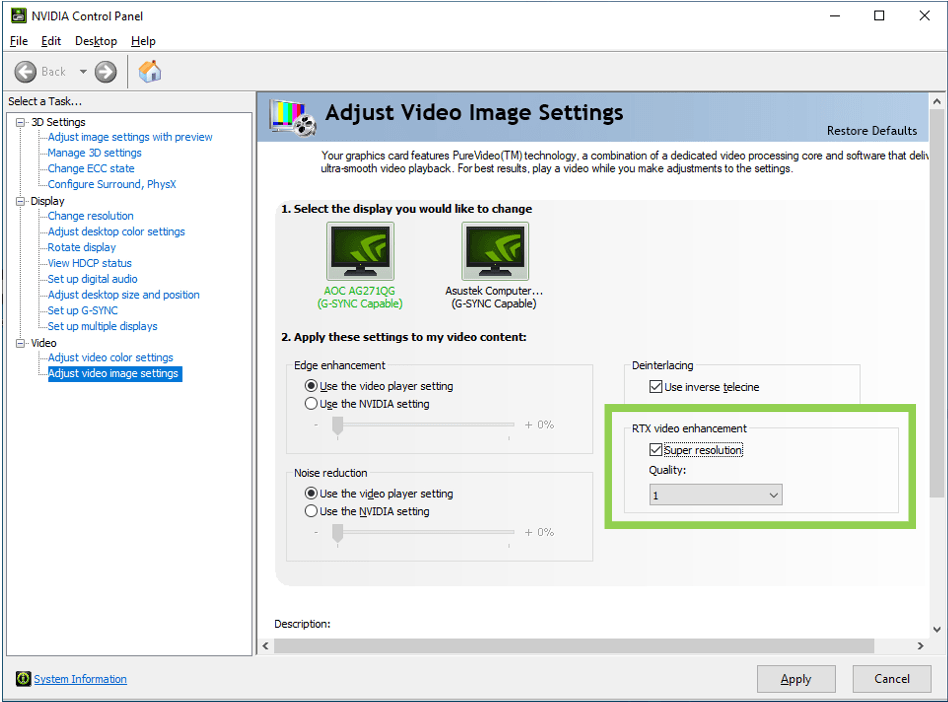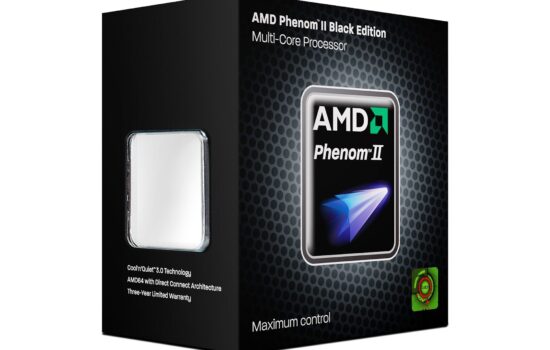FidelityFX Super Resolution will also be available for web video and local media playback
Last year Nvidia came out with RTX Video Super Resolution, a video upscaling and postprocessing technology for usage in web browsers and later also in VLC Media Player. It looks like something similar will be available also for AMD GPUs, but while Nvidia’s approach is the equivalent of DLSS 1.0 applied to video content, Radeon’s upscaling will probably be based on FSR 1.0, so it could be usable by other vendor GPUs, like FSR.
AMD announced at CES 2024 that FidelityFX Super Resolution (FSR) upscaling technology will also be made available for local playback and for web video services such as YouTube. This feature is still in the works, AMD has so far only promised it during CES 2024, where, at an event called Advancing AI PCs, it announced new Ryzen 8000G APUs with the XDNA accelerator, some new CPUs and APUs for the AM4 socket and the Radeon RX 7600 XT.
Between the various AI presentations and the aforementioned new releases, the announcement of upscaling video content using FSR didn’t make it directly into the online video webcast you can see on YouTube. According to journalists, AMD talked about this new feature in a private briefing attended by the media. The technology could hopefully come officially with the upcoming Radeon driver update that will be released to coincide with the release of the Radeon RX 7600 XT reviews (the card will start selling on Jan. 24). On that day, a driver with built-in support for HYPR-RX and AFMF features is supposed to be released, so support for FSR scaling in video will probably come bundled with this major update. The same driver is also said to include improvements to video encoding on Radeon RX 7000 generation graphics cards.
Like FSR 1.0?
We don’t know much about the video upscaling yet. It seems that the functionality will be similar to Nvidia. Upscaling will be able to be turned on for videos in web browsers (probably Chrome and Edge, we’ll see how it goes with Firefox), among other things.
But alongside that, AMD, like Nvidia, will also make its upscaling available in the VLC Media Player video player. FSR scaling should appear in a special build of that player sometime in the future (but integration into upstream and all future versions is likely to happen later).

Since FSR is an open-source technology, the code is available and does not use any proprietary Radeon functions, upscaling with FSR should also work on competing Intel graphics cards. And also on Nvidia cards, if for some reason the user doesn’t want to use RTX Video Super Resolution, or has an older GeForce graphics card that doesn’t support it..
Nvidia doesn’t use temporal filtering and reconstruction for video, so RTX Video Super Resolution is just the equivalent of the purely spatial DLSS 1.0 filter (which only works with pixels of one frame at a time, without motion vector analysis). AMD is likely doing the same, so its video upscaling will probably apply a filter equivalent to FSR 1.0, which is an optimized type of Lanczos algorithm with modifications and extra steps to suppress artifacts such as ringing, and the ability to apply sharpening filter to the image. FSR 1.0 is not as good as FSR 2.x which employs temporal reconstruction.
It’s probably to be expected that for local video playback, FSR 1.0 won’t provide the quality you can get with the higher quality MadVR modes, so FSR will probably be the solution for those who don’t really want to fiddle with settings and prefer VLC.
English translation and edit by Jozef Dudáš
⠀










